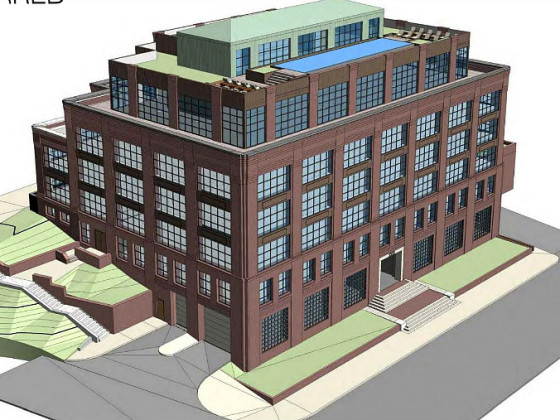What's Hot: Nearly $1 Million An Acre: Pricey Land Sale Near Dan Snyder's Alexandria Home Closes Out 2025
 Shrinking Home Inventory: A Good or Bad Sign?
Shrinking Home Inventory: A Good or Bad Sign?
✉️ Want to forward this article? Click here.

The Wall Street Journal recently reported that the inventory of for-sale homes dropped significantly in several U.S. cities in the second quarter of 2011. Specifically, 2.34 million homes were listed for sale in more than 900 metro areas, the lowest level for the spring selling season in about four years.
In the DC area measured by MRIS (which includes a wide swath of the region, even some West Virginia counties), the number of active listings in June was about 5.3 percent less than what it was a year ago, and 10.4 percent less than two years ago. When the supply of homes drops in an area, it is usually considered a good sign, as it indicates that demand is high, which seems to be the case in DC. From the MRIS RealEstate Business Intelligence June market report:
New contract signings outpaced active inventory as the absorption rate fell. The monthly absorption rate, the number of months to sell all active inventory at the current pace of new contract signings, declined to 3 months from 4.1 months in the same month last year. The large decline was a combination of rising new contract activity against declining active inventory as new contracts helped erode the supply of homes for sale.
So, in other words, in the region it seems that demand is far outpacing supply at the moment resulting in a housing inventory that falls well below the healthy benchmark of a six-month supply.
DC, as has been the case for the last 18-24 months, could be the anomaly, though. The Journal notes that the shrinking inventory in other major metropolitan areas could just be the result of the delay in banks processing foreclosures, not an increase in demand:
Shrinking inventory often is seen as a positive sign for housing because it usually means that demand is rising, which often leads to higher prices. But in the current environment, the decline in inventory may instead reflect how the market remains anything but healthy. While sales are picking up in some cities, analysts say the sharp decline in inventory also reflects the slow pace at which banks are processing foreclosures.
Another thing that could be keeping inventory low is that potential sellers who might otherwise have put their homes on the market this selling season decided to wait until the economy gets on more solid ground.
Similar Posts:
See other articles related to: housing inventory, mris, realestate business intelligence, the wall street journal
This article originally published at http://dc.urbanturf.production.logicbrush.com/articles/blog/shrinking_home_inventory_a_good_or_bad_sign/3910.
Most Popular... This Week • Last 30 Days • Ever

With frigid weather hitting the region, these tips are important for homeowners to ke... read »

Today, UrbanTurf offers a brief explanation of what it means to lock in an interest r... read »

The 30,000 square-foot home along the Potomac River sold at auction on Thursday night... read »

An application extending approval of Friendship Center, a 310-unit development along ... read »

A key approval could be coming for a proposal to convert a Georgetown office building... read »
DC Real Estate Guides
Short guides to navigating the DC-area real estate market
We've collected all our helpful guides for buying, selling and renting in and around Washington, DC in one place. Start browsing below!
First-Timer Primers
Intro guides for first-time home buyers
Unique Spaces
Awesome and unusual real estate from across the DC Metro














